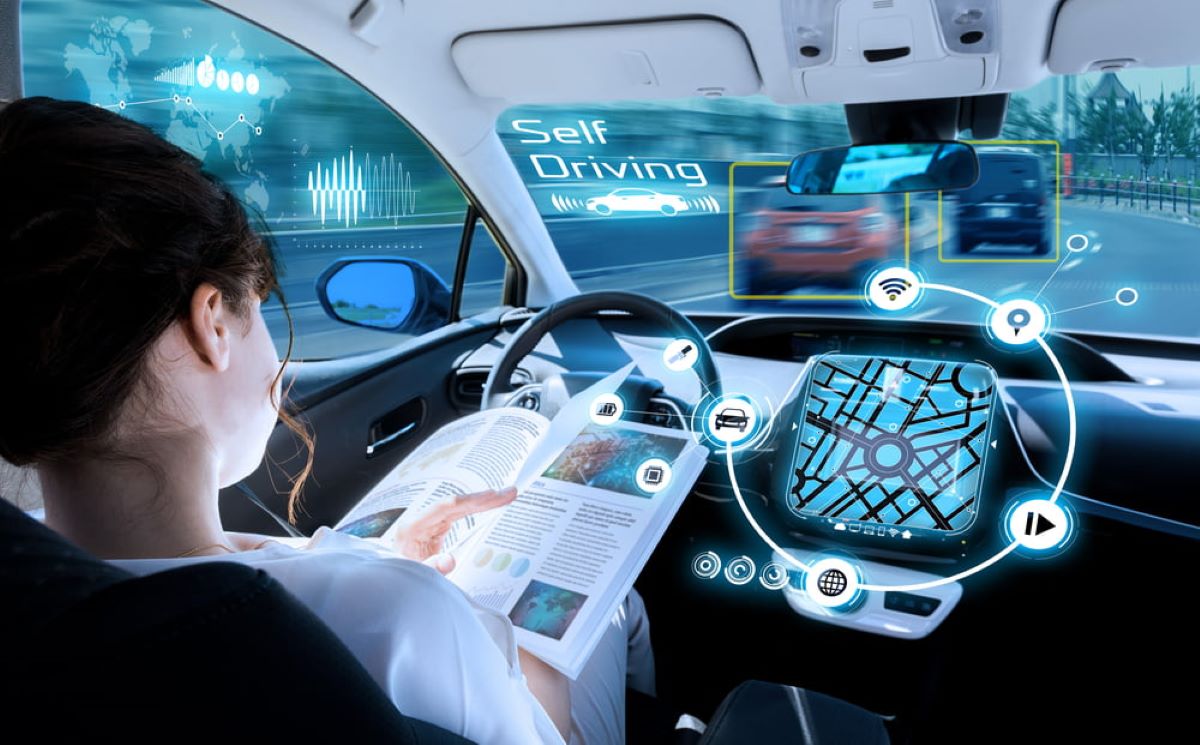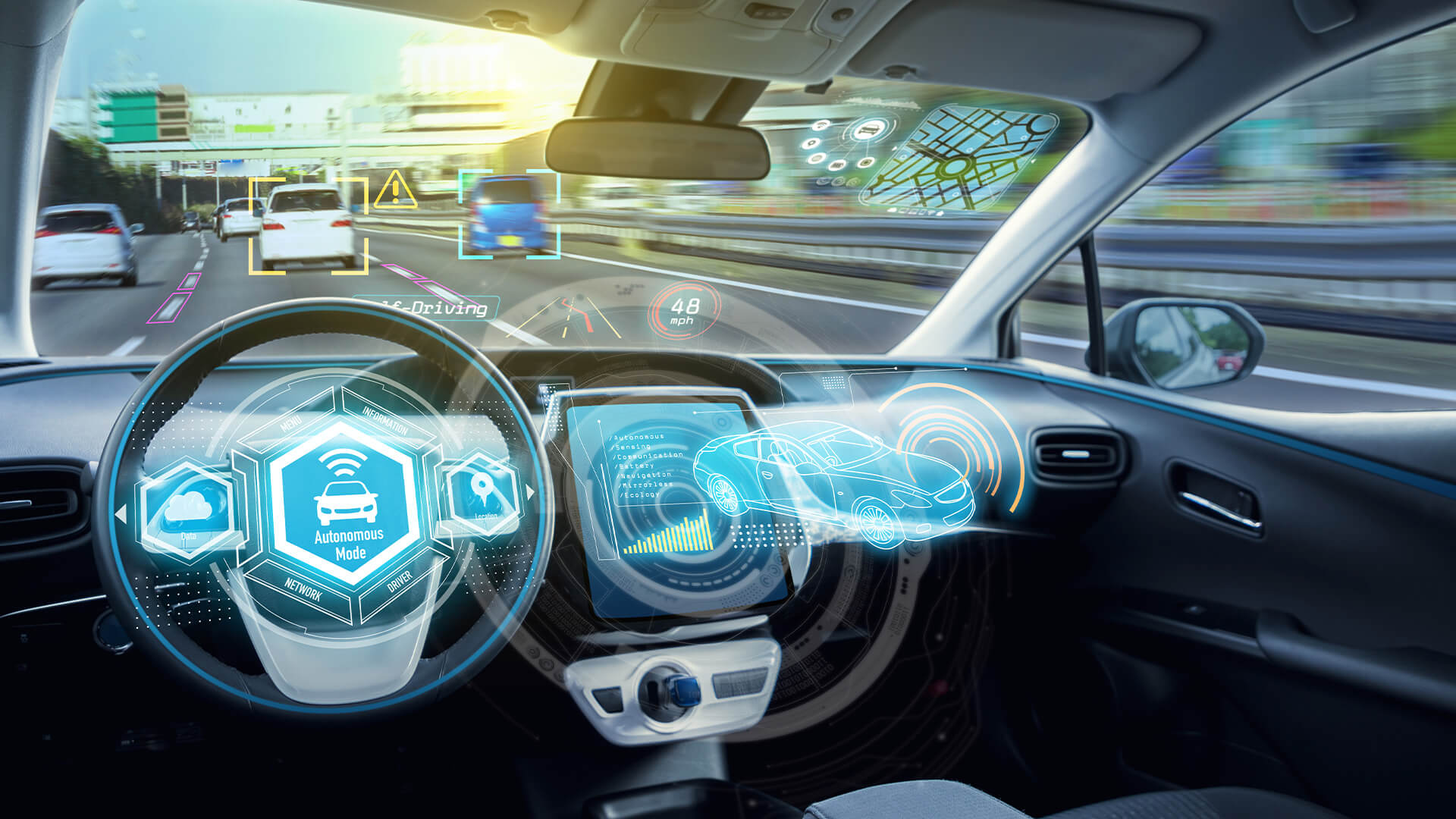Autonomous vehicles are projected to achieve or surpass human safety standards by 2024, setting the stage for rapid growth at a compound annual growth rate (CAGR) of 30%, according to IDTechEx’s latest report, “Autonomous Cars, Robotaxis & Sensors 2022-2042.”
By the 2040s, these vehicles will be capable of meeting global mobility demands without a single collision. This raises an important question: should humans still be allowed to drive?
A chart depicting a log regression trend up to 2024 highlights various performance benchmarks, including the top three autonomous vehicle performances, the average American driver’s safety data from the National Highway Traffic Safety Administration (NHTSA), and projections based on extrapolated NHTSA statistics.
For decades, restrictions have been placed on how vehicles can be operated to enhance safety.
Speed limits exist to reduce accidents, seatbelts are mandatory to protect passengers, and cities are increasingly pedestrianizing urban centers to safeguard pedestrians.
Barcelona, Spain, serves as a prime example of this shift. The city has implemented “super-blocks,” large car-free zones that not only improve pedestrian safety but also enhance air quality and create more pleasant urban environments.
Meanwhile, in other cities, clean air zones regulate the types of vehicles allowed in urban centers.
As autonomous technology advances, it is conceivable that such zones could transition into autonomous-only areas to further improve pedestrian safety.
Over time, this restriction could expand city-wide, requiring all travel within urban areas to be conducted by autonomous vehicles.
Eventually, manual driving could be outlawed on public roads altogether in the interest of public safety.
While manual driving may not disappear entirely, it could become a recreational activity, limited to racetracks and controlled environments.
Consider this scenario: a police officer pulls over a vehicle filled with passengers who are not wearing seatbelts and warns the driver, “If you crashed, you could have killed someone.”
Now, imagine the same situation, but instead of seatbelt violations, the driver is manually operating a vehicle in an autonomous-only city center.

The underlying premise is that autonomous technology will save lives, making its non-use a matter of criminal negligence. Would such a progression be surprising?
Historically, technological advancements have led to new driving laws speed limits were introduced as cars became faster, and mobile phone use while driving was banned due to safety concerns.
As autonomous vehicles begin outperforming human drivers, could we eventually be prohibited from driving altogether?
The IDTechEx report examines safety and regulation, which remain key challenges for widespread adoption.
One emerging trend involves safety regulators mandating higher levels of automated safety features, such as radar sensors.
For example, Tesla lost its top NHTSA safety rating for the Model 3 and Model Y after removing radar sensors in May—a move Tesla claims actually improves its system.
Unlike human drivers, autonomous vehicles are always alert, never distracted by mobile phones, fatigue, or other factors that impair attention.
Equipped with 5G connectivity, these vehicles will process significantly more environmental data than a human driver ever could.
Computers have become indispensable in daily life because they process data faster, handle vast amounts of information, and minimize errors.
However, ensuring that autonomous vehicles uphold this last advantage eliminating errors remains a critical challenge for gaining public trust and regulatory approval.
Why 2050? IDTechEx analyzed autonomous disengagement data from the California DMV, which provides insights into the maturity of current autonomous vehicle testing.
Leading companies such as Waymo and Cruise currently report disengagement rates of approximately 30,000 miles per incident, with this figure doubling each year.
If this growth trajectory continues, by 2046, autonomous vehicles will be capable of meeting the entire U.S. transportation demand approximately 3 trillion miles annually without a single disengagement.
By 2050, these vehicles could fulfill global transportation needs while averaging fewer than one collision per year.
Given that human drivers are responsible for millions of injuries and hundreds of thousands of fatalities annually, the question arises: should we continue to allow human-driven vehicles on the road? The answer is clear driving will be banned.

